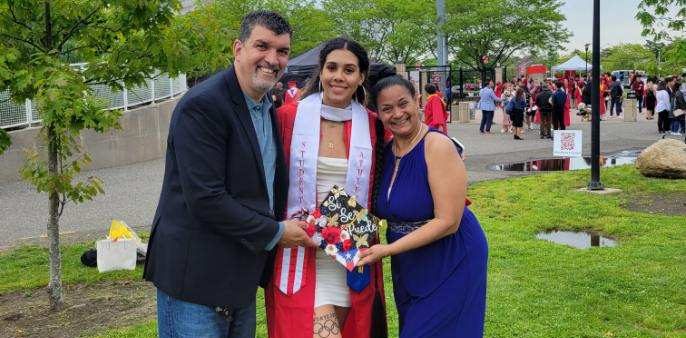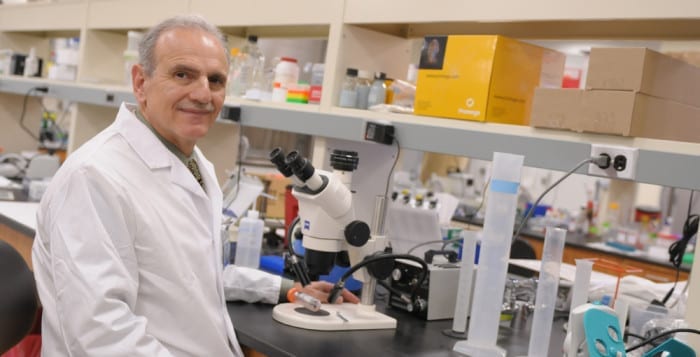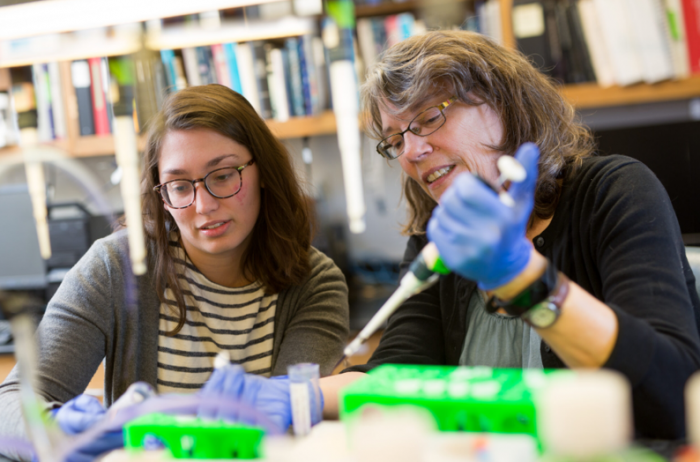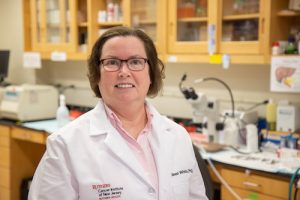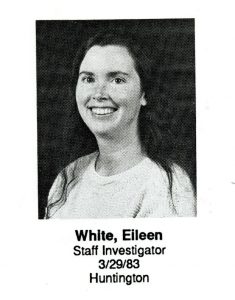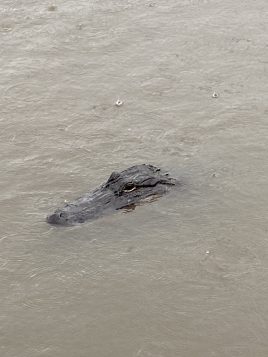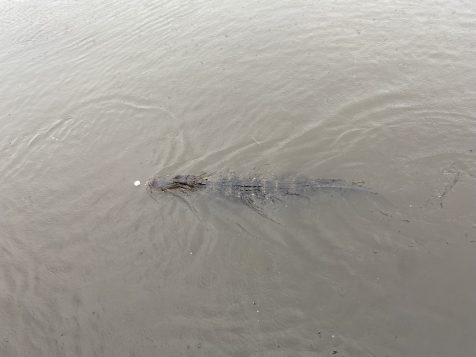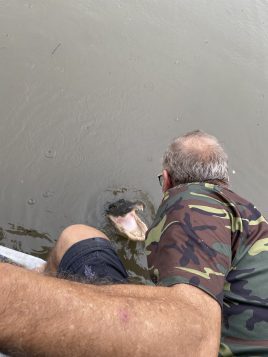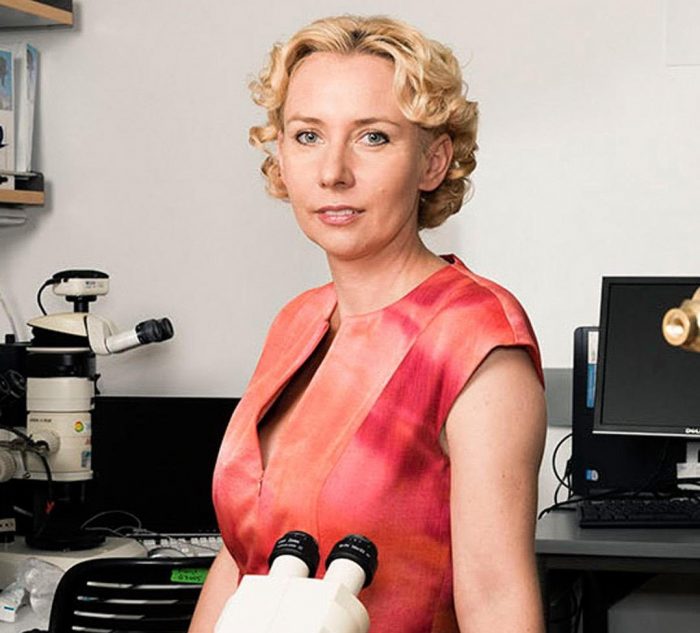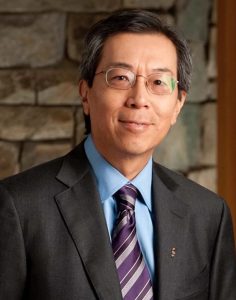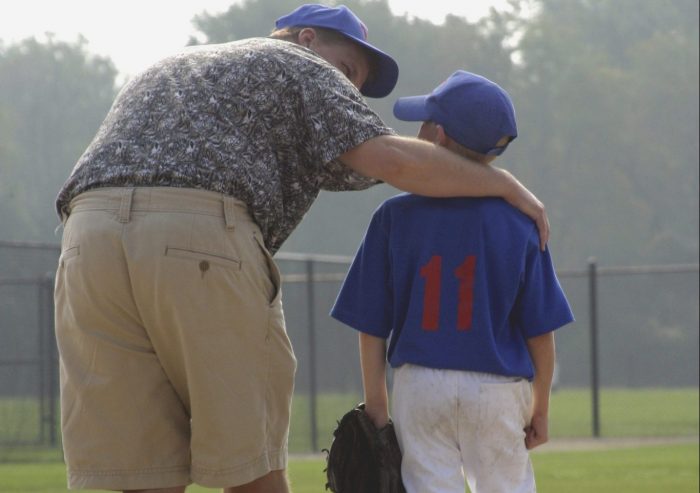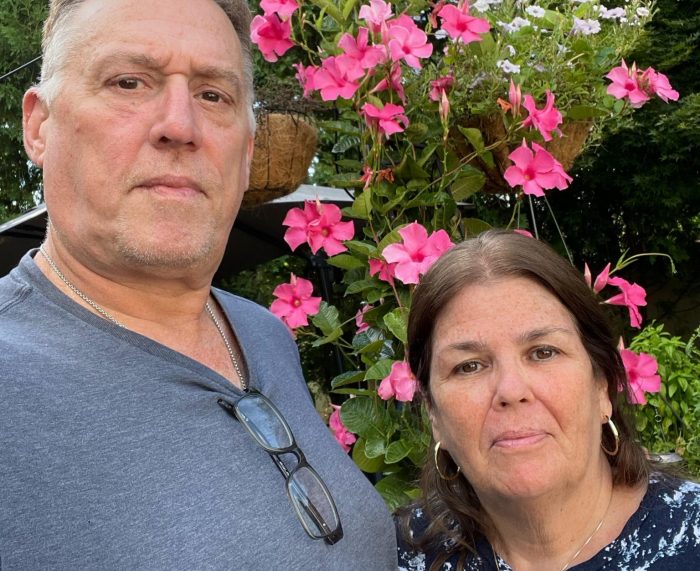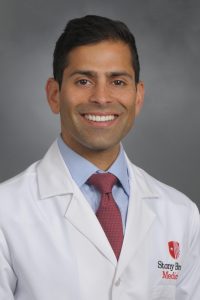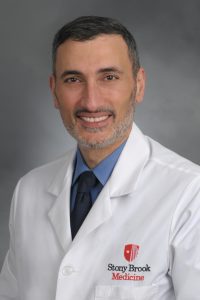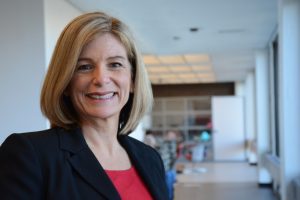By Daniel Dunaief
With sneakers on her feet and a ball in her hand, India Pagan will circle the globe in a landmark year.
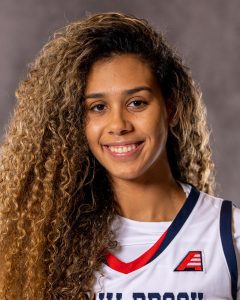
Photo from tStony Brook University
First, she earned a Master’s Degree in coaching at Stony Brook University, completing a five-year stint in which she also received her Bachelor of Arts in Sociology. After a brief journey home to New London, Connecticut to visit with her family and celebrate, she and her family took a long-awaited cruise to Honduras and Mexico.
Now, the 6-foot,1-inch power forward, who completed a distinguished basketball career at Stony Brook, is practicing with the Puerto Rican National team, with whom she also traveled to the Olympics last year in Tokyo. Pagan and the team will travel to Serbia for a scrimmage and then to Australia to play in the World Cup.
But that’s not the end of her journey. After the World Cup, Pagan, 23, will fulfill a professional goal, as she signed a one-year contract to play professional basketball in Germany with the BC Pharmaserv Dolphins in Marburg, Germany. North of Frankfurt and east of Dusseldorf, Marburg is home to the Marburger Schloss (Marburg castle) and numerous medieval churches.
“It’s always been my dream to play overseas, so it’s a dream come true,” said Pagan, who is listed as a starter for the Division 1 German team. “To get paid to do what I love is really cool.”
The reality of becoming a professional basketball player started to sink in after she told family members she had signed a contract. When she shared the news with her mother Carmen Pagan, her mom “flipped out,” Pagan recalled. Her sisters Melody and Taina and family friends were similarly excited and “freaked out” about Pagan becoming a professional basketball player.
Reaching such a dream requires familial “teamwork,” said Carmen Pagan. “Any family member that is part of that group, everybody has to be committed to be there and support the child in different ways,” including emotionally, financially and academically.
When Pagan started playing basketball at the age of 11, the family made a “huge commitment” that included missing a “lot of birthdays, and a lot of family functions. We were always on the road, traveling throughout the United States” said India’s father Moises Pagan, who credits his daughter’s willingness to seize any opportunity to play as a catalyst for her basketball career.
One Friday night years ago, India received a call about a high school showcase in Queens. Despite heavy rush hour traffic and a five-hour commitment, she “didn’t even twitch,” he recalled. She said, “Dad, I want to go.” That’s where Stony Brook’s previous basketball head coach Caroline McCombs, who led the team from 2014 to 2021, saw her play.
Pagan is one of a few former Seawolf women to become a professional basketball player, joining Kaela Hilaire and Shania “Shorty” Johnson, who have also played in Europe.
Professional connection
After a solid showcase following her season, Pagan received numerous offers from agents to represent her. Choosing an agent was “like picking a school all over again,” she said. “I just had to see who was the right fit.”
Pagan selected Stephanie Stanley, president and founder of Merit Management Group who also represents one of Pagan’s favorite WNBA players, Washington Mystics Guard Natasha Cloud. That, however, was only one of several reasons she chose Stanley. The down-to-Earth Pagan thought Stanley was “like an old auntie. She had me laughing.”
Stanley, whose clients sometimes call “Momma Steph,” said she appreciated Pagan because she “likes players who hustle, play hard and look like they’re having fun out there on the court.”
Stanley also offered advice about the kinds of things to be prepared for when playing overseas. A team told one of Stanley’s clients they would provide transportation. When the player arrived, the team gave her a bicycle. “Lesson learned,” laughed Stanley. The player, however, realized that everyone used bicycles to get around in the country and appreciated the chance to lose a few pounds by pedaling back and forth to practice.
Another client had a choice of prepared meals or a financial allowance for food. The player sent Stanley pictures of food neither of them could identify. Stanley said these rookie contracts cover the cost of living and playing basketball. Rookies are “going to learn how to budget,” she said.
In the bigger picture, Stanley said the overseas market, particularly with Americans no longer comfortable playing in Russia amid the imprisonment and nine-year sentence of Brittney Griner, is having a “rough year.” Players who might have played for a top tier Russian team are heading to Turkey, Italy, Spain or France. The dislocation is affecting leagues around the world at every level. “Any player that signed now is impressive,” Stanley said. “It’s a rough year.”
Stanley added that rookies typically sign for one year in any league as players look to advance to more competitive leagues where they might also earn more money.
Pagan, who will be sharing an apartment with three other players when she arrives in Germany a day or so before the team’s first game, is excited for the opportunity and feels like the team and coach Patrick Unger, who lived in the United States for a year, support her. Unger has reached out to her on FaceTime.
At the same time, the team, which consists of several German players, includes players who speak English. The team pays for utilities, housing and transportation and is providing money for groceries.
While Pagan is excited to get on the floor and start playing with her new teammates, she knows she needs to contribute. “I have to prove myself,” she said.
SBU contributions

Photo from the Pagan family
If Pagan finds the same kind of success in professional basketball that she had at the college level, she could be starting a promising career. She ranks eighth on the all-time scoring list at Stony Brook University, second in career field goal percentage and eighth in total rebounds.
Ashley Langford, head coach of a Seawolves team that won the America East conference championship last year in her debut season, was pleased for Pagan. “It’s awesome,” Langford said. “It’s what she’s been striving for her whole career.”
Langford appreciated the contributions on and off the court that Pagan made and the work her former basketball stand out put into enhancing her game. On the court, Pagan was “always really skilled,” said Langford. In the last year, she asserted herself more physically, moving closer to the basket and drawing contact from defenders, Langford said. She enjoyed watching Pagan show emotion on the court, flexing after she created contact and heading to the free throw line for a chance at a conventional three pointer.
Off the court, Langford admired the leadership role Pagan took in welcoming newer teammates, showing them around campus, offering advice about college athletics and helping them feel like a part of the Seawolves family and basketball program. “That’s not me or anyone else telling her, ‘You need to connect with freshman.’ That’s her doing it on her own. That’s who she is. She wants everyone to do well,” said Langford.
Pagan encouraged her new teammates to snack because players don’t always have time for a structured meal and encouraged them to “use academic advisors wisely,” she said. “They’re there for a reason.”
While Pagan is excited about the next stage in her life, she is grateful for the time and opportunities she had at Stony Brook. “Eventually, that chapter had to end,” she said. The Stony Brook team will “always be a family.”
Growing fame
Pagan, who joined the Puerto Rican women’s team at the delayed 2020 Olympics last year in Tokyo, has started to develop an international fan following. Recently, she was at a WalMart in Puerto Rico and someone walked up to her and asked to take a picture with her. While Pagan was born and raised in Connecticut, she plays for Puerto Rico because both her parents are from Puerto Rico.
She was also recently eating at a Chili’s restaurant with her teammates when an interview she did appeared on TV screens around the restaurant. “The waiter was like, ‘Oh my God, that’s you,’” Pagan said. Her teammates enjoyed the excitement.
Pagan has also received and responded to messages in German on social media. Once her professional season starts in Germany, Pagan will be far from home, where her parents can’t take the Bridgeport or Orient Point ferry to come see her the way they did at Stony Brook, a place the entire family still feels at home.
Indeed, one of the more emotionally challenging moments during her world-traveling basketball journey occurred when she played in Chile for three weeks. At 17, Pagan found it difficult to be so far from family, Moises Pagan recalled. That experience prepared her for her current plan to travel to Germany. “It makes the transition [to Germany] so much easier,” he said. FaceTime and a commitment to basketball have allowed Pagan to focus on her sport. “She just wants to make everyone proud, playing the game she loves,” he added

